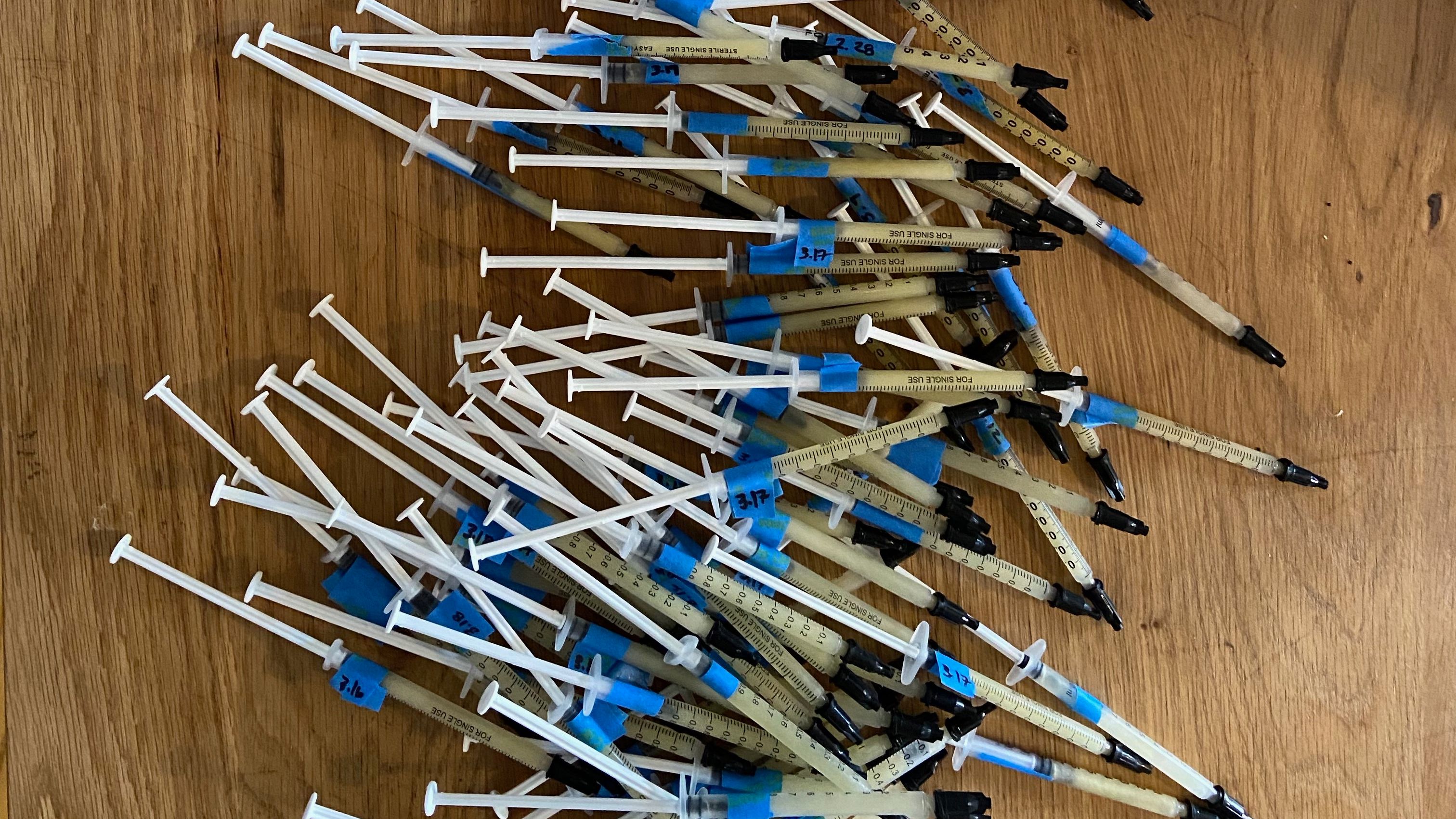Antenatal Milk Expression
Jan 17, 2023
Antenatal milk expression (AME) refers to the practice of hand expression, collection and storage of human milk during pregnancy starting around 36 weeks’ gestation. The colostrum is used after the birth of the baby. This practice is increasing in popularity and has been found to be safe to do.
The DAME Study was the first study to look at the practice of AME. DAME is short for "Diabetes and Antenatal Milk Expressing". The researchers performed a multicentre, randomized controlled trial in six hospitals in Victoria, Australia. They enrolled women with pre-existing or gestational diabetes and randomized them two groups. The intervention group consisted of 319 women who performed antenatal milk expression (AME) twice a day starting at 36 weeks. The control group consisted of 316 women. They received standard care - usual midwifery and obstetric care, supplemented by support from a diabetes educator.(1)
- The primary outcome of the study, published in 2017 in Lancet, was the proportion of infants admitted to the NICU. They found the proportion of infants admitted to the NICU did not differ between groups.
- They also assessed safety and efficacy of antenatal milk expressing in the study subjects. The study found no increased risk of obstetric or neonatal adverse outcomes in the study group.
A few questions and answers about this practice.
- How do you do antenatal milk expression? Use the same technique as postnatal hand expression.
- Can you recommend a good resource to look at to learn how to do this? Yes, a terrific resource is by Dr. Jane Morton: https://firstdroplets.com
- For how long do you it? For the DAME study, the women performed AME twice a day, no more than 10 minutes each time, starting at 36 weeks.
- How much should people expect to produce? The DAME study reported an average collection of 5.5 ml over the length of the study. This would fill 5-6 one mL syringes. The range was 0-905 ml (CI 0-22). It is important to note the wide variation. Some women in the study did not express any colostrum. The picture we used for this blog was from a woman who expressed a large amount.
- What do you put the colostrum in? Do you freeze it? Many women fill syringes with colostrum, cap them and freeze them. They bring the frozen syringes into the hospital in a plastic bag in a small cooler. The same storage guidelines that are used for post-partum milk storage apply. Freezing or not freezing the colostrum depends on the timing of collection.
Tips
- Use oral syringes that come with caps so the contents of the syringes are not exposed.
- If you are recommending antenatal milk expression, is the hospital where the mother is going aware of this practice? Does the Unit have a policy that directs care and management of the syringes? You don't want the mother to go to all this work and then have her precious syringes sit on the counter, thawing out. Once thawing starts, the clock is ticking!
Benefits
- An expectant mother arrives with experience with hand expression before the birth of the baby whether she was able to express colostrum or not.
- If she was successful, a back-up supply of milk is ready when supplementation is indicated, for example if the infant becomes hypoglycemic
- A back-up sample of milk is ready if simply desired at some point during the post-partum period.
- Hospital staff better pay attention. The mother in Room 401 knows a thing or two about lactation.
Colostrum production begins around the 16th week of pregnancy.
References
1. Forster DA, Moorhead AM, Jacobs SE, et al. Advising women with diabetes in pregnancy to express breastmilk in late pregnancy (Diabetes and Antenatal Milk Expressing [DAME]): A multicentre, unblinded, randomised controlled trial. Lancet. 2017 Jun 3;389(10085):2204-2213.
Subscribe to our Blog
Join our mailing list to receive the latest blog posts, courses and updates from our team.
We hate SPAM. We will never sell your information, for any reason.

